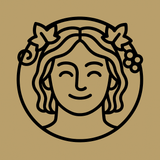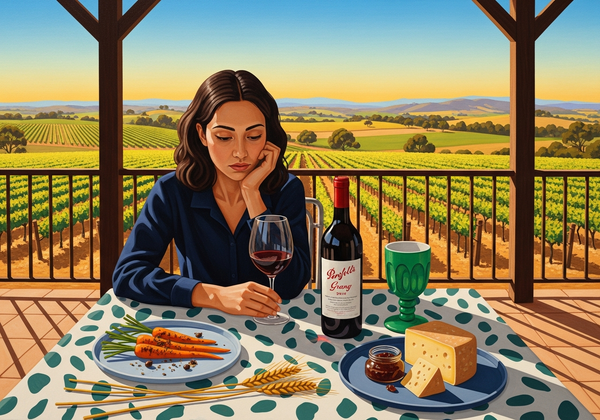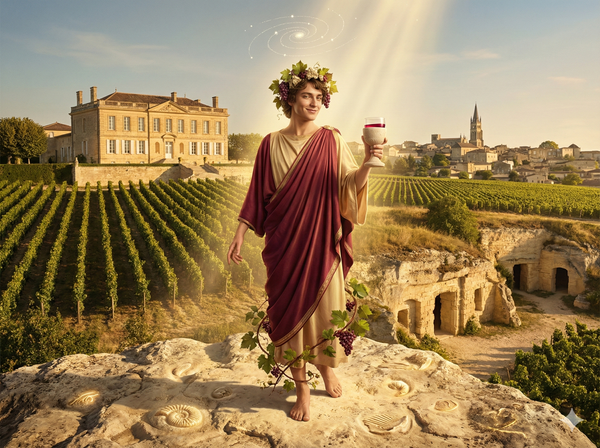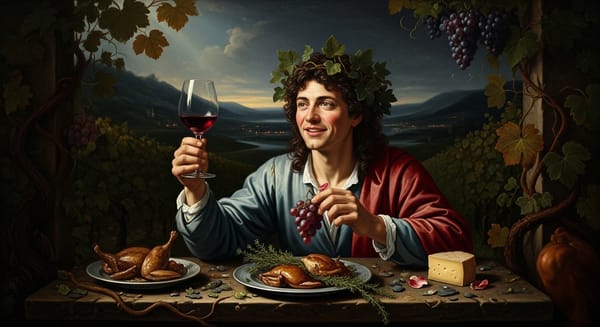Domaine Leflaive: How a French Family Turned Chardonnay into Liquid Gold Burgundy’s legendary white wine house, cosmic farming, and why billionaires chase bottles marked “Montrachet.”

Chardonnay isn’t supposed to be exciting. At least, that’s what you might think if your reference point is supermarket shelves stacked with $10 bottles. But trust me: taste Domaine Leflaive’s Montrachet once, and you’ll forget Chardonnay ever bored you.
This isn’t another winery story—it’s a family saga, a cosmic farming revolution, and a lesson in how one Burgundian clan quietly set the global standard for the world’s most coveted white wines.
Pour something crisp (and outrageously priced), and let’s dive deep.
1. Roots in Puligny (1717–1920): Humble Beginnings
The Leflaive family’s story starts humbly, way back in 1717, when Claude Leflaive settled in Puligny-Montrachet. But the estate as we know it began with Joseph Leflaive, who bought and consolidated vineyards ravaged by phylloxera in the early 1900s. His strategy: buy top vineyards cheap, replant rigorously, and bet everything on Chardonnay.
Risky? Absolutely. Genius? No doubt.
2. Anne-Claude Leflaive: A Visionary’s Revolution (1990–2015)
When Joseph’s granddaughter Anne-Claude took the helm in 1990, Domaine Leflaive went from respected to revered. She was the driving force behind a radical move: shifting entirely to biodynamics, years before it became trendy. Critics called her methods mystical nonsense—until they tasted the wines.
Suddenly, those bottles had depth, minerality, and an almost electric intensity. The doubters quieted; Leflaive wines soared.
3. Why Biodynamics Made Leflaive Legendary
Anne-Claude saw biodynamics not as farming, but as harmony: vineyard soils nurtured by lunar calendars, cow-horn composts, and herbal preparations. The estate’s flagship vineyards—Chevalier-Montrachet, Bienvenues-Bâtard-Montrachet, Bâtard-Montrachet, and the impossibly rare Montrachet—went from prestigious to mythical.
Critics began consistently rating Leflaive among the world’s top white producers, with wines that were vibrant young and immortal with age.
4. Leflaive’s Iconic Wines (And Why Collectors Obsess)
Domaine Leflaive’s wines aren’t just collectible—they’re investments:
- Montrachet Grand Cru:
Arguably the pinnacle of Chardonnay worldwide. Only a few barrels produced annually. Incredibly rich, complex, with a finish measured in minutes, not seconds. Prices start around $8,000 per bottle—if you can even find one. - Chevalier-Montrachet Grand Cru:
Ethereal, mineral-driven, precise like liquid crystal. Multiple 100-point vintages have made it a holy grail for Chardonnay lovers. - Bâtard-Montrachet Grand Cru:
Richer, fuller, and boldly structured, yet still elegant. Collectors chase vintages from the early 2000s for their incredible depth and longevity. - Puligny-Montrachet 1er Cru Les Pucelles:
The insider’s favorite: vibrant, intense, and typically outperforming its premier-cru label. A fraction of Montrachet’s price, but just as legendary in skilled hands.
5. Tragedy and Transition (2015–Today)
Anne-Claude’s untimely passing in 2015 shook Burgundy. But the Leflaive family quickly rallied. Her nephew Brice de La Morandière stepped in, fiercely preserving Anne-Claude’s vision. The wines continued thriving—maintaining biodynamics, enhancing precision in vineyard parcels, and carefully managing climate impacts.
6. Why Leflaive Matters (Beyond the Bottle)
Domaine Leflaive set the standard for Burgundy whites not because of tradition alone, but because it dared to reinvent tradition. Anne-Claude’s biodynamic legacy has made Puligny-Montrachet not just prestigious—but progressive, sustainable, and future-proof.
In a region defined by its past, Leflaive redefined what greatness looks like tomorrow.
Liber’s Bottom Line
If you think Chardonnay is boring, Domaine Leflaive is your wake-up call. It’s more than wine—it’s Burgundian aristocracy meeting cosmic farming, tradition colliding beautifully with revolution, and a family’s legacy turned into liquid gold.
Next time you pour Leflaive, savor it slowly. You’re tasting a dynasty’s relentless pursuit of perfection—and proof that the best wines aren’t bottled; they’re born from obsession.
Cheers to revolutions worth sipping.





